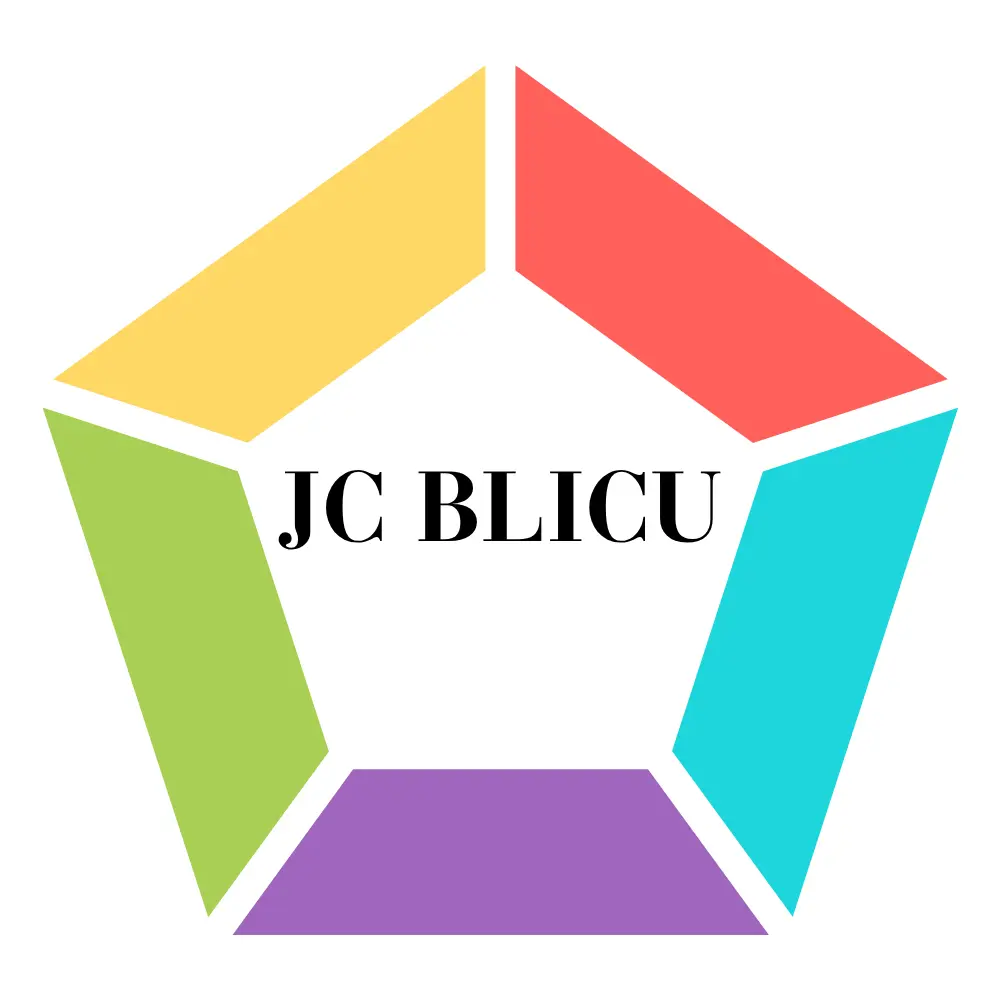About Japan Cellar's Review Methodology
At Japan Cellar, our mission is to introduce Japan's diverse alcoholic beverages—sake, shochu, and Japanese wine—to enthusiasts around the world through a clear, consistent, and comprehensible evaluation framework.
While established systems already exist for sake and shochu, such as those used by certified sake or shochu sommeliers, we hold these professional methodologies in the highest regard for their depth of expertise and refinement.
However, after extensive discussions with our team of expert reviewers, we decided to adopt an independent evaluation framework unique to Japan Cellar.
Why We Adopted an Independent Evaluation Framework
Our reasoning is as follows:
Reason 1: Global Accessibility
The existing Japanese evaluation systems for sake and shochu are highly specialized but differ across beverage categories, making them less accessible to international audiences.
Reason 2: Universal Language of Wine
In contrast, the wine world—with its globally recognized scoring and review systems—offers a unified language understood by both professionals and enthusiasts worldwide.
Reason 3: Applicability to Sake
Since Japan Cellar reviews sake, shochu, and Japanese wine, we found that the structure of wine evaluation can sufficiently describe the individuality and quality of these beverages, especially sake.
Based on this policy, Japan Cellar developed its own original evaluation approach inspired by one of the most globally recognized frameworks in wine assessment: the BLICU method. This system is familiar to wine professionals and casual enthusiasts alike.
The BLICU Method and Its Customization
The acronym BLICU stands for Balance, Length, Intensity, Complexity, and Uniformity—five key aspects that together form a comprehensive sensory evaluation system.
Balance
Represents the harmony among structural elements—acidity, sweetness, tannin, and alcohol. Wines (or other beverages) showing no single dominant element and maintaining equilibrium are considered well-balanced.
Length
Refers to the persistence of flavor after swallowing. A long and evolving finish is a hallmark of complexity and quality.
Intensity
Measures the strength and clarity of aromas and flavors. A beverage with pronounced, expressive characteristics is rated higher in intensity.
Complexity
Indicates the depth and layered structure of flavors and aromas. The interplay of multiple nuances adds interest, sophistication, and value.
Uniformity
Assesses consistency across bottles or production batches, representing reliability and stable quality.
From Wine to Japan Cellar BLICU
Because Japan Cellar's goal is to communicate effectively with a global audience familiar with wine evaluation, we found that the first four criteria—Balance, Length, Intensity, and Complexity—can be seamlessly applied to sake and shochu.
To validate this, our three Executive Reviewers conducted blind comparative reviews using these four parameters across sake, shochu, and Japanese wine. The scoring deviation was within one point on a ten-point scale, confirming the framework's robustness and versatility.
Replacing Uniformity
However, Uniformity—which evaluates batch-to-batch consistency—was not suitable for our one-bottle, one-review concept.
Therefore, we redefined the final "U" as Uniqueness, establishing the Japan Cellar BLICU (JC BLICU) system.
What is the Japan Cellar BLICU Method?

The JC BLICU Method Defined
The Japan Cellar BLICU (JC BLICU) method is designed to evaluate sake, shochu, and wine with a balance of objectivity and individuality. It is an upgraded framework that preserves the analytical rigor of wine evaluation while giving space for creativity, craftsmanship, and reviewer personality.
Below are the five evaluation dimensions of JC BLICU:
Balance
Assesses the overall harmony among elements such as acidity, sweetness, alcohol, and texture. Beverages with well-integrated components receive higher scores.
Length
Measures the persistence and resonance of flavor after tasting. A long, expressive finish signals depth and sophistication.
Intensity
Evaluates the strength and clarity of aroma and taste. Expressive, vivid profiles score higher in intensity.
Complexity
Reflects the multidimensional structure of flavor and aroma. A beverage showing layered nuances and evolving character is considered more complex and engaging.
Uniqueness
Uniqueness combines two perspectives:
Perspective 1: Creative Distinction
Whether the beverage shows originality or character that transcends conventional categories.
Perspective 2: Reviewer Personality
Since all Japan Cellar reviews are signed, each reviewer's taste and stylistic sensibility are intentionally reflected, allowing readers to discover reviewers whose preferences align with their own.
Conclusion
A Review Philosophy Rooted in Objectivity and Individuality
JC BLICU maintains the wine world's commitment to objective, structured evaluation while embracing the creative diversity of Japanese producers.
By integrating reviewer individuality into a transparent, data-driven framework, we aim to make our reviews not just reliable scores, but useful guides for discovering your next favorite bottle.
To Our Readers
We invite you to explore the beverages recommended by Japan Cellar, and to find a reviewer whose palate resonates with yours—enhancing your enjoyment and helping you discover the true depth of Japan's drinks culture.
Contact Us
For questions about our review methodology, please contact us:
Email: pr@hyper-productive.jp

